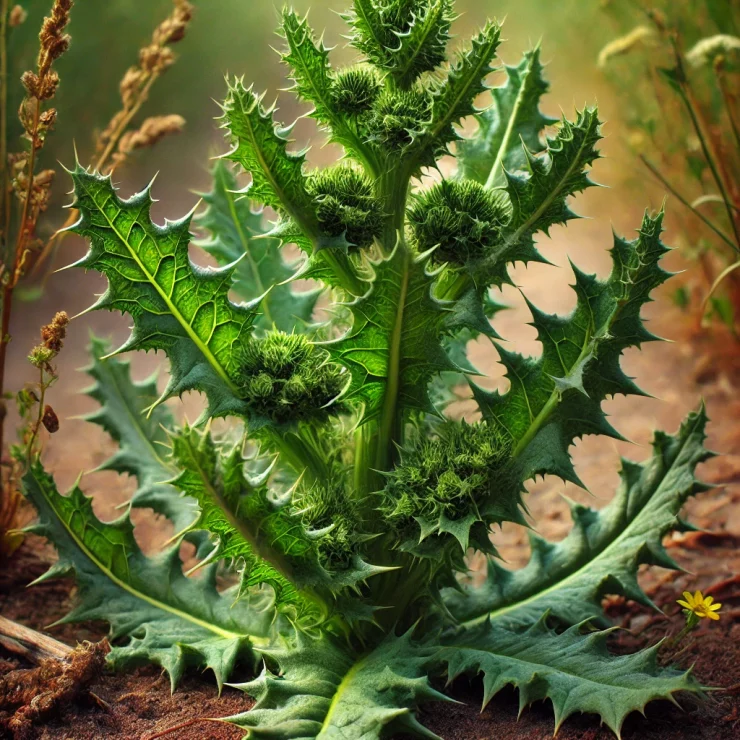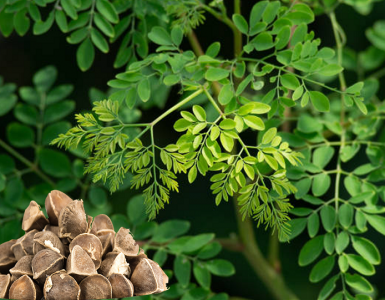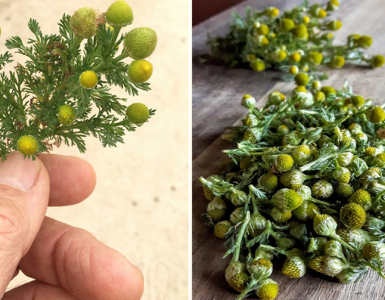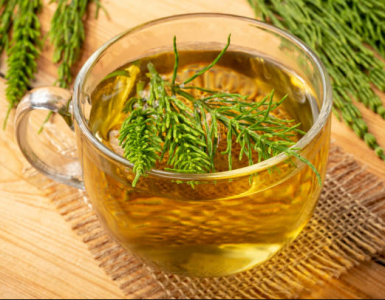Lactuca serriola, commonly known as prickly lettuce, is a plant that you’ve likely seen growing in fields, along roadsides, or even in your backyard. Often dismissed as a common weed, prickly lettuce is actually a plant with a rich history of medicinal use and remarkable health benefits. Despite its widespread presence, most people overlook this unassuming plant, unaware of its potential. Here’s why you should pay more attention to prickly lettuce and consider harnessing its power.
1.Rich in Nutrients
Prickly lettuce is packed with nutrients that can contribute to your overall health. The leaves of Lactuca serriola contain vitamins A, C, and K, as well as minerals like potassium, calcium, and magnesium. These nutrients are essential for maintaining healthy skin, boosting the immune system, and supporting bone health.
Nutritional Benefits:
Vitamin A: Supports eye health and immune function.
Vitamin C: Acts as an antioxidant and boosts the immune system.
Calcium and Magnesium: Essential for strong bones and proper muscle function.
2.Natural Pain Reliever
One of the most remarkable properties of prickly lettuce is its potential as a natural pain reliever. The plant contains a milky sap, known as latex, which has been traditionally used as a natural remedy for pain relief. This sap has mild analgesic and sedative properties, making it useful for alleviating minor aches and pains, as well as for promoting relaxation.
Traditional Uses:
Pain Relief: The latex of prickly lettuce has been used to ease headaches, joint pain, and muscle aches.
Sleep Aid: Due to its sedative effects, the plant has been used to help with insomnia and anxiety.
3.Anti-Inflammatory Properties
Prickly lettuce is also known for its anti-inflammatory properties. Compounds found in the plant, such as lactucopicrin, have been shown to reduce inflammation, which can be beneficial for conditions like arthritis and other inflammatory disorders.
Benefits:
Arthritis Relief: Regular consumption of prickly lettuce may help reduce inflammation and pain associated with arthritis.
General Inflammation: The plant’s anti-inflammatory effects can contribute to overall well-being by reducing chronic inflammation.
4.Supports Digestive Health
The leaves of Lactuca serriola can be used to support digestive health. The plant’s mild bitterness stimulates the production of digestive enzymes and bile, aiding in digestion and helping to alleviate issues like bloating and indigestion.
Digestive Benefits:
Improved Digestion: Consuming prickly lettuce may help promote healthy digestion and prevent digestive discomfort.
Natural Detoxification: The plant’s diuretic properties can help flush toxins from the body, supporting liver and kidney function.
5.Antioxidant Powerhouse
Prickly lettuce is rich in antioxidants, which help protect the body from oxidative stress and reduce the risk of chronic diseases. Antioxidants neutralize free radicals, unstable molecules that can damage cells and contribute to aging and disease.
Health Benefits:
Cell Protection: Antioxidants in prickly lettuce help protect cells from damage, promoting overall health.
Disease Prevention: Regular consumption of antioxidant-rich plants like prickly lettuce may reduce the risk of chronic diseases, such as heart disease and cancer.
6.Wild Edible Plant
Beyond its medicinal uses, prickly lettuce is also an edible plant. The young leaves can be eaten raw in salads or cooked as a leafy green. While the mature leaves can be bitter, they are still nutritious and can be added to soups, stews, or sautéed with other vegetables.
Culinary Uses:
Salads: Use young, tender leaves in fresh salads for a nutrient boost.
Cooked Greens: Add older leaves to soups or sauté them with garlic and olive oil for a healthy side dish.
7.Environmental Benefits
Prickly lettuce is a hardy plant that can thrive in poor soils and harsh conditions. It grows quickly and can help stabilize soil, prevent erosion, and even improve soil fertility over time. Additionally, it provides food and habitat for pollinators and other beneficial insects.
Ecological Contributions:
Soil Stabilization: Prickly lettuce helps prevent soil erosion, especially in disturbed areas.
Pollinator Support: The plant’s flowers attract bees and other pollinators, supporting local ecosystems.
8.Historical Significance
Prickly lettuce has been used for centuries in various cultures for its medicinal properties. It was traditionally used by ancient Egyptians as a sedative and pain reliever, and it was valued in medieval Europe for its calming effects.
Cultural Importance:
Ancient Remedy: Used by ancient cultures as a natural sedative and pain reliever.
Herbal Medicine: Prickly lettuce was commonly used in traditional European herbal medicine for its various health benefits.
Lactuca serriola, or prickly lettuce, is far more than just a common weed. This plant is a powerhouse of nutrients and medicinal properties that can benefit your health in numerous ways. Whether you’re looking for a natural pain reliever, a digestive aid, or a nutrient-rich addition to your diet, prickly lettuce has something to offer. So the next time you see this plant growing in your yard, think twice before pulling it out—its true value might surprise you.




















Add comment